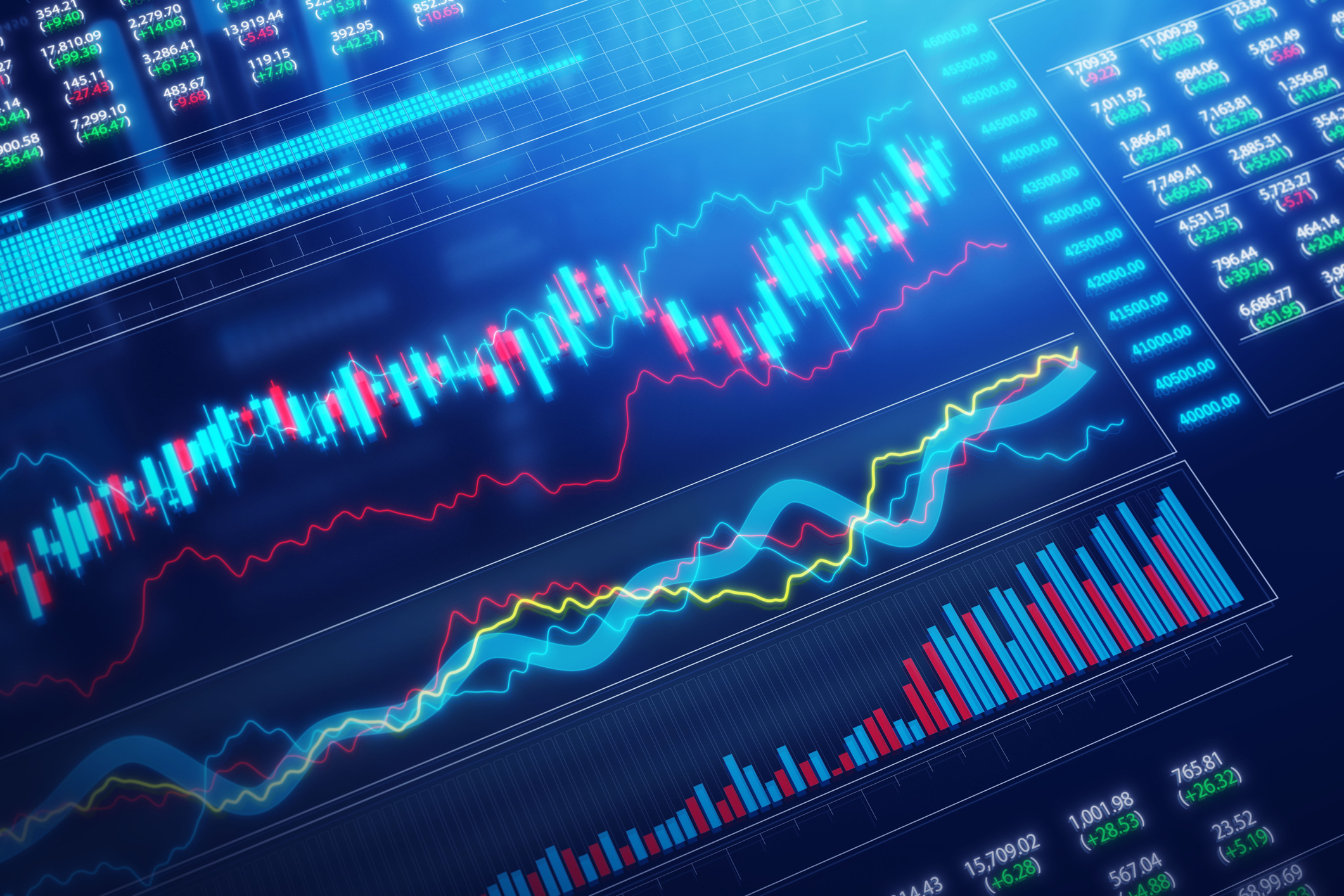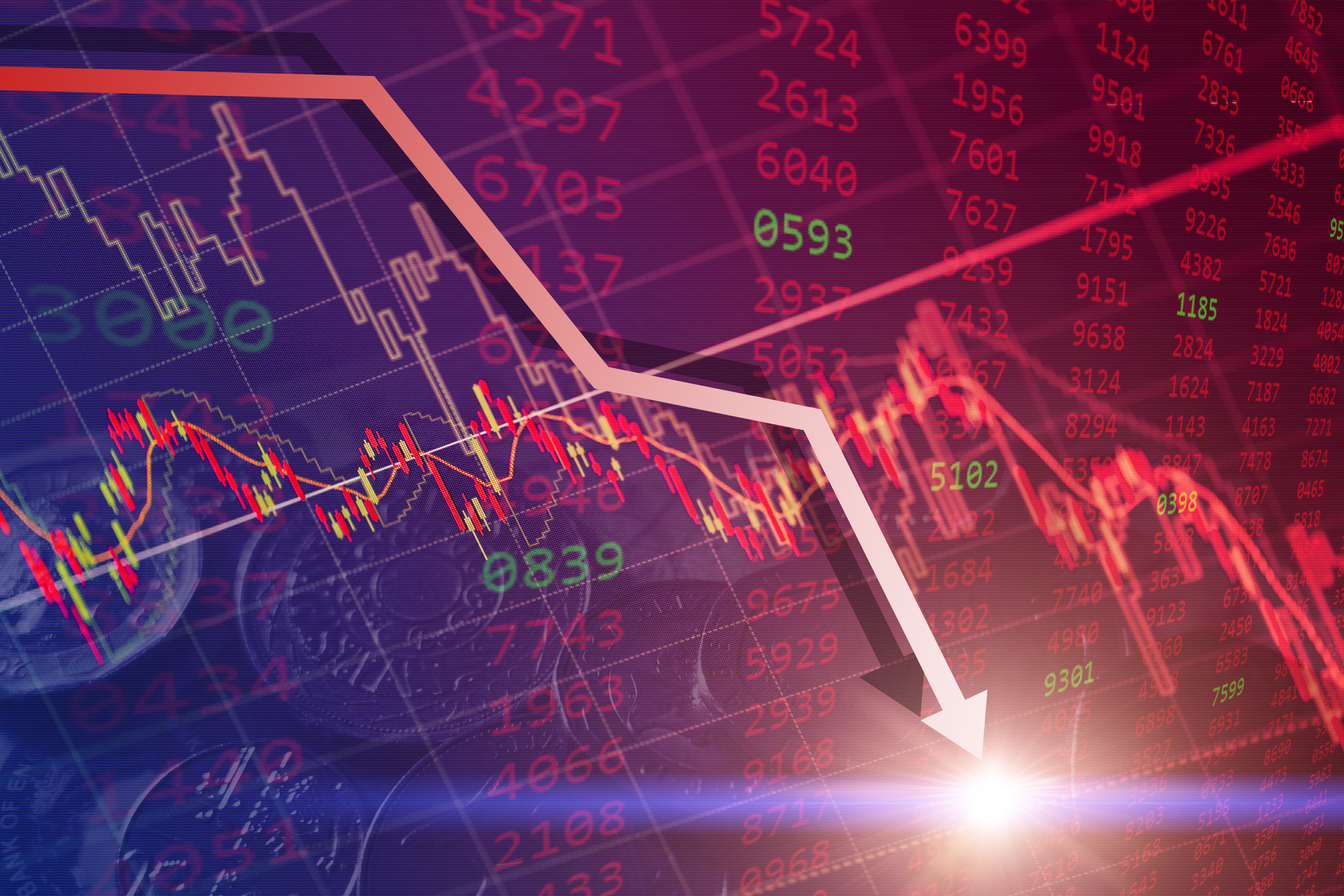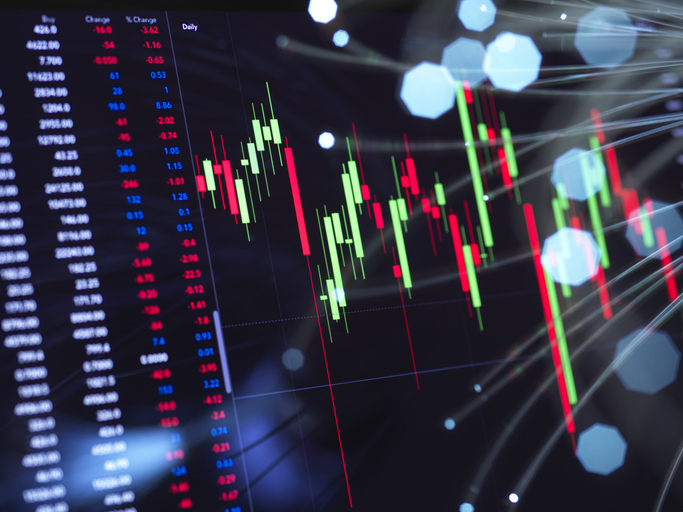What Is a Single-Stock ETF?
New single-stock ETFs come with plenty of risk and work best for traders with very short time horizons.


The exchange-traded fund (ETF) industry is nothing if not innovative. And if you've got a strong appetite for risk and a very short outlook, a host of new ETFs will allow you to make outsize bets, up or down, on some of the market's most meme-worthy stocks.
Single-stock ETFs use derivatives to give you a leveraged or inverse position in stocks such as Apple (AAPL), Coinbase (COIN), Nvidia (NVDA), PayPal (PYPL), Tesla (TSLA) – even Nike (NKE) and Pfizer (PFE). A leveraged bet means your returns will be amplified beyond the underlying stock's performance; an inverse bet generally means you're expecting the underlying share price to fall.
For example, the TSLA Bear Daily ETF (TSLQ, $38) from AXS Investments, an inverse ETF, will gain 5% on a day when Tesla shares drop 5%; Direxion Daily TSLA Bull 1.5X Shares (TSLL, $26) would deliver a 7.5% loss that day (or a 7.5% gain on a day Tesla stock is up 5%).
From just $107.88 $24.99 for Kiplinger Personal Finance
Become a smarter, better informed investor. Subscribe from just $107.88 $24.99, plus get up to 4 Special Issues

Sign up for Kiplinger’s Free Newsletters
Profit and prosper with the best of expert advice on investing, taxes, retirement, personal finance and more - straight to your e-mail.
Profit and prosper with the best of expert advice - straight to your e-mail.
Many of the new funds come with pricey expense ratios. Single-stock offerings from AXS and GraniteShares have a 1.15% expense ratio; Direxion has rolled out single-stock ETFs that charge 0.97%.
ETF analyst Aniket Ullal, of investment research firm CFRA, counts 16 single-stock ETFs so far, with collective assets of about $116 million. "You're going to see a proliferation of these products, but only a handful will be successful," he predicts.
Keep an Eye on the Calendar
The key to remember is that these funds are rebalanced daily, and they work best for traders with a similar time horizon.
"These are very clearly tools for day traders – and I mean literally a day," says Dave Nadig, a financial futurist with investment research firm VettaFi.
With these ETFs, the arithmetic of compounding simply doesn't work for someone expecting to earn the indicated daily return over a longer period, especially in a volatile or choppy market. In that scenario, for example, it would not be unusual to see a stock price finish flat after bouncing around over the course of a month or more while the ETF tracking the stock finishes down sharply over the period.
"I scratch my head and ask why any individual investor would need something like this, when realistically there's a high probability they could lose a lot of money," says Eric Diton, president of The Wealth Alliance, an investment advisory firm. "There's enough octane in the stock market as is."
Approval of the new securities from regulators at the Securities and Exchange Commission in July came with reservations and caveats. "I have expressed concern about leveraged and inverse ETFs before," said commissioner Caroline Crenshaw. "I worry that these single-stock ETFs pose yet another, perhaps greater, risk for investors and the markets."
The concept behind these securities isn't entirely new. Leveraged and inverse ETFs that track stock indexes have been around for years, as have single-stock ETFs in Europe.
For the narrow segment of high-conviction traders who monitor their portfolios daily and want to risk concentrated bets – let's say you believe an upcoming earnings report could be explosive for a particular stock, for instance – the ETFs provide convenience and even some downside protection. For example, traders using margin loans to effect the same kind of leverage risk losing more than the cost of their investment if the market moves against them.
"With single-stock ETFs, you cannot lose more than you invest," says AXS CEO Greg Bassuk.
"My view is that these ETFs have a place in the market," says CFRA's Ullal. "But they need to be accompanied by a lot of investor education, a lot of disclosure and, hopefully, some responsible marketing on the part of the issuers."
Profit and prosper with the best of Kiplinger's advice on investing, taxes, retirement, personal finance and much more. Delivered daily. Enter your email in the box and click Sign Me Up.

Anne Kates Smith brings Wall Street to Main Street, with decades of experience covering investments and personal finance for real people trying to navigate fast-changing markets, preserve financial security or plan for the future. She oversees the magazine's investing coverage, authors Kiplinger’s biannual stock-market outlooks and writes the "Your Mind and Your Money" column, a take on behavioral finance and how investors can get out of their own way. Smith began her journalism career as a writer and columnist for USA Today. Prior to joining Kiplinger, she was a senior editor at U.S. News & World Report and a contributing columnist for TheStreet. Smith is a graduate of St. John's College in Annapolis, Md., the third-oldest college in America.
-
 Samsung Galaxy S25 Ultra for $4.99 a Month: A Closer Look at Verizon’s Deal
Samsung Galaxy S25 Ultra for $4.99 a Month: A Closer Look at Verizon’s DealVerizon’s aggressive pricing makes Samsung’s top-tier phone tempting, but the real cost depends on your plan and how long you stay.
-
 I'm 59 with $1.7 million saved and lost my job. Should I retire?
I'm 59 with $1.7 million saved and lost my job. Should I retire?We asked professional wealth planners for advice.
-
 4 Times to Say Yes to a Roth Conversion and 4 Times to Say No
4 Times to Say Yes to a Roth Conversion and 4 Times to Say NoRoth conversions should never be done on a whim — they're a product of careful timing and long-term tax considerations. So how can you tell whether to go ahead?
-
 Nasdaq Leads as Tech Stages Late-Week Comeback: Stock Market Today
Nasdaq Leads as Tech Stages Late-Week Comeback: Stock Market TodayOracle stock boosted the tech sector on Friday after the company became co-owner of TikTok's U.S. operations.
-
 Cooler Inflation Supports a Relief Rally: Stock Market Today
Cooler Inflation Supports a Relief Rally: Stock Market TodayInvestors, traders and speculators welcome much-better-than-hoped-for core CPI data on top of optimism-renewing AI earnings.
-
 Nasdaq Sinks 418 Points as Tech Chills: Stock Market Today
Nasdaq Sinks 418 Points as Tech Chills: Stock Market TodayInvestors, traders and speculators are growing cooler to the AI revolution as winter approaches.
-
 Stocks Chop as the Unemployment Rate Jumps: Stock Market Today
Stocks Chop as the Unemployment Rate Jumps: Stock Market TodayNovember job growth was stronger than expected, but sharp losses in October and a rising unemployment rate are worrying market participants.
-
 AI Stocks Lead Nasdaq's 398-Point Nosedive: Stock Market Today
AI Stocks Lead Nasdaq's 398-Point Nosedive: Stock Market TodayThe major stock market indexes do not yet reflect the bullish tendencies of sector rotation and broadening participation.
-
 Dow Adds 646 Points, Hits New Highs: Stock Market Today
Dow Adds 646 Points, Hits New Highs: Stock Market TodayIt was "boom" for the Dow but "bust" for the Nasdaq following a December Fed meeting that was less hawkish than expected.
-
 Dow Rises 497 Points on December Rate Cut: Stock Market Today
Dow Rises 497 Points on December Rate Cut: Stock Market TodayThe basic questions for market participants and policymakers remain the same after a widely expected Fed rate cut.
-
 JPMorgan's Drop Drags on the Dow: Stock Market Today
JPMorgan's Drop Drags on the Dow: Stock Market TodaySmall-cap stocks outperformed Tuesday on expectations that the Fed will cut interest rates on Wednesday.